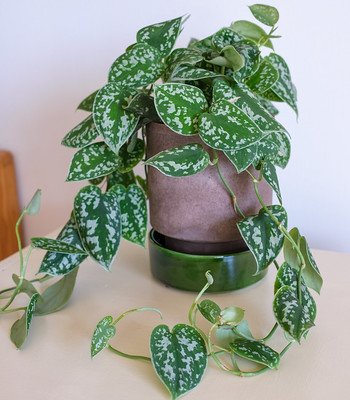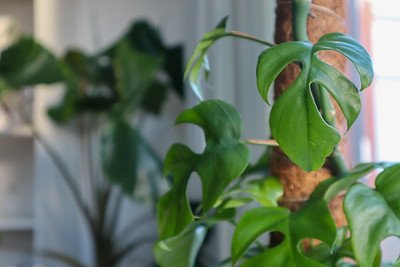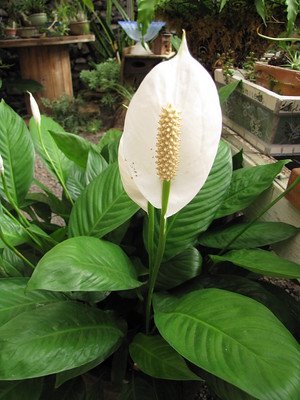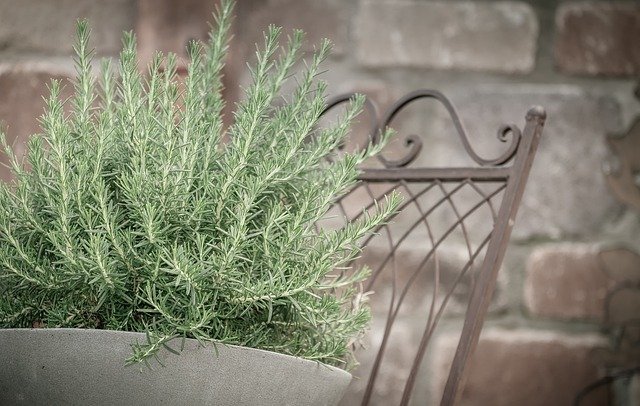The Monstera plant is a beautiful, unique plant that is native to South America with its large, glossy leaves which are often covered with holes. If you don’t fancy the holes, there are some plants that look like Monstera without holes in the leaves.
Table of Contents
But, what are the holes in the leaves of Monstera for?
The holes are actually an adaptation that helps the plant to survive in its natural habitat. In the wild, the holes allow wind and rain to pass through the leaves, preventing them from being damaged or ripped off by strong winds.

The holes also help the plant to regulate its temperature, as they allow hot air to escape and cool air to enter. As a result, the plant is able to stay cool even in very warm climates.
In addition to its decorative value, the Monstera plant is also known for its ability to purify the air. The plant produces a chemical called chlorophyll, which helps to remove harmful toxins from the air. As such, the Monstera plant makes an excellent choice for anyone looking for a beautiful, unique, and health-conscious addition to their home.
However, this plant can be difficult to care for, which is why some gardeners opt for similar-looking plants that don’t have holes in their leaves. In this blog post, we’ll introduce you to five such plants.
Plants that look like Monstera without holes.
There are some plants that look very similar to Monstera but don’t have any holes in their leaves. These plants are often just as beautiful and can make a great addition to your home, even if they don’t offer the same air-purifying benefits.
1. Pothos

Pothos (Epipremnum aureum) is a plant often compared to Monstera due to its similar leaf shape. Pothos is easier to care for than Monstera, however, and can even be propagated in water. If you’re looking for a plant that looks like Monstera but is easier to care for, pothos is a good option.
Unlike Monstera, pothos does not have holes in its leaves. It is also more tolerant of low light conditions and can even prosper in office buildings with fluorescent lighting. Pothos is also less likely to drop its leaves than Monstera, making it a good choice if you have pets or children who might accidentally knock the plant over. If you’re looking for a plant that looks like Monstera but is easier to care for, pothos is a good option.
2.Philodendron bipennifolium

Philodendron bipennifolium is another plant that resembles Monstera due to its large leaves. This philodendron species is native to Ecuador, and its leaves can grow up to two feet long. However, unlike Monstera, Philodendron bipennifolium does not have any holes or slits in its leaves. Instead, the leaves are smooth and ovate-shaped.
Philodendron bipennifolium is a climbing plant, and its leaves are typically a deep green color with light green veins. This plant does best in bright, indirect light and requires regular watering. Philodendron bipennifolium is a beautiful addition to any indoor space, and its large leaves make it a stand-out plant.
3. Scindapsus pictus

Scindapsus pictus is yet another plant that considers Monstera’s alike. Scindapsus pictus is native to tropical regions of Asia and can grow up to six feet tall. This plant does best in bright, indirect light and should be allowed to dry out completely between waterings.
The plant gets its common name, the “silver leaf plant” from the beautiful shimmery green leaves that have purple undersides. The plant is not as well known as monstera, but it’s a great alternative for anyone looking for a plant that looks like monstera without holes.
4. Rhaphidophora tetrasperma

Rhaphidophora tetrasperma is a plant that originates from Thailand. It has heart-shaped leaves that resemble those of Monstera, but without the iconic holes. Rhaphidophora tetrasperma does best in humid environments and should be allowed to dry out completely between waterings.
If you live in a dry climate, consider placing this plant near a humidifier or misting it periodically. This plant is an excellent choice for anyone looking to add a touch of tropical beauty to their home. However, it is important to note that Rhaphidophora tetrasperma can be poisonous if ingested, so it should be kept out of reach of children and pets.
5. Spathiphyllum wallisii

The peace lily (Spathiphyllum wallisii) is a plant that originates from Colombia and Venezuela. It gets its common name from its large, oval-shaped leaves that resemble those of the Monstera plant. Unlike Monstera, however, peace lilies do not have any holes in their leaves.
Peace lilies are flowering plants with striking white petals and a yellow center.
Peace lilies are known for their ability to thrive in low-light conditions. They should be watered when the soil feels dry to the touch. Although peace lilies are typically easy to care for, they can be susceptible to root rot if they are overwatered. For this reason, it is important to water them only when necessary. With proper care, peace lilies can make an excellent addition to any indoor space.
Conclusion
If you’re looking for a plant that looks like Monstera but is easier to care for, there are several options available. Pothos, philodendron bipennifolium, scindapsus pictus, rhaphidophora tetrasperma, and spathiphyllum wallisii are all good choices.

Gardening is my passion and growing plants indoors has always been a stress relief for me. Grow a banana tree in my apartment once (although failed to produce bananas).






